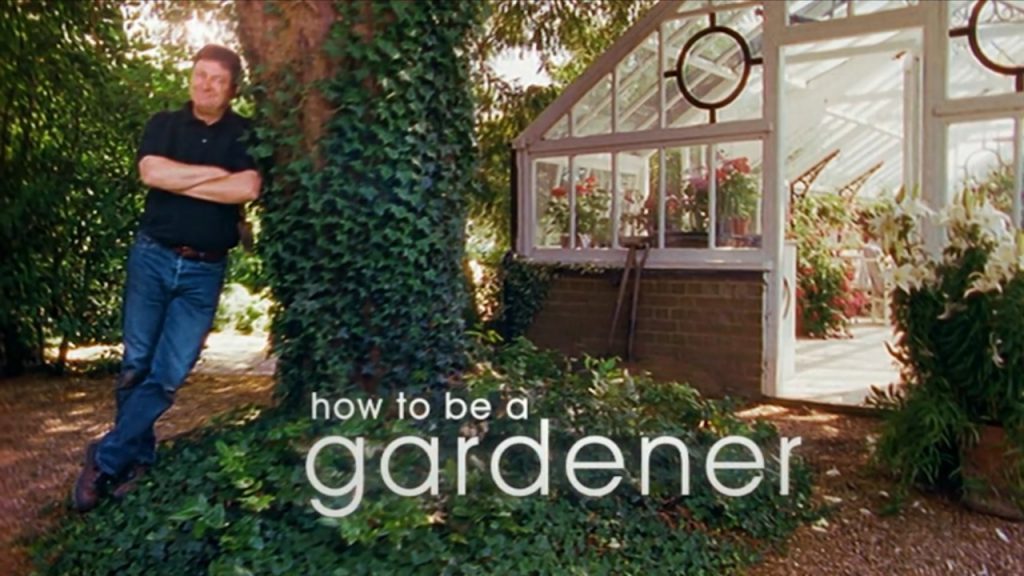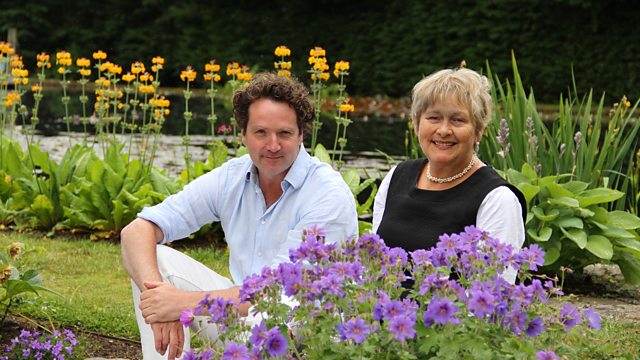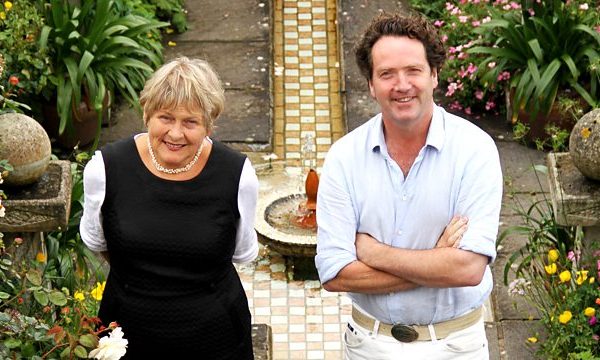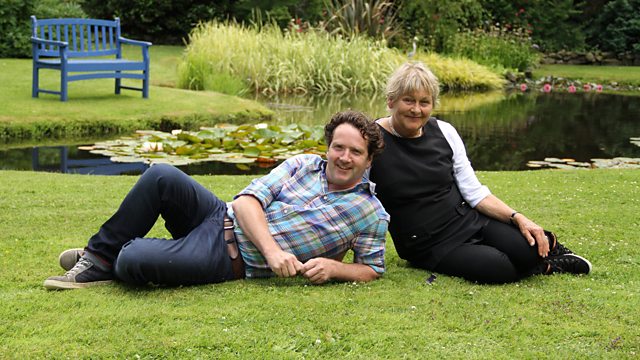How to Be a Gardener episode 14: The key to successful gardening is to work with nature, not against it. Even a ‘problem’ hot, dry, sunny spot can be turned into a stunning garden feature if you treat it right.
Are you new to gardening and feeling a bit overwhelmed? Don’t worry, you’re not alone. Gardening can be a daunting task, but it doesn’t have to be. In fact, the secret to successful gardening is to go with nature instead of trying to fight it. In this article, we’ll take a look at how you can turn a ‘problem’ hot, dry, sunny spot into a stunning patio, courtyard or gravel garden by treating it right.
How to Be a Gardener episode 14 is a fantastic BBC documentary series presented by renowned gardener Alan Titchmarsh. The series offers a complete online guide to gardening for beginners. With eight 30-minute episodes, the series covers everything you need to know to give you a great start in gardening.
Alan Titchmarsh is an English gardener, broadcaster, poet, and novelist with an impressive resume. After working as a professional gardener and a gardening journalist, he established himself as a media personality through appearances on gardening programs. Titchmarsh’s first few television appearances were on the long-running BBC television show Nationwide as a horticulture expert. This led to his being invited to present coverage of the Chelsea Flower Show for BBC television in 1983. Titchmarsh hosted this every year until 2013.
How to Be a Gardener episode 14
How to Transform Your Hot and Dry Garden into a Stunning Feature of Your Home
Are you struggling to turn your hot and dry garden into a beautiful oasis? The secret to successful gardening in these conditions is to work with nature, not against it. Let’s explore the key factors that contribute to a hot spot and some tips and tricks for making the most of this unique environment.
Strategic Use of Walls and Paving
One of the primary contributors to a hot spot is the presence of walls and paving. These structures act as giant storage radiators, absorbing heat from the sun and releasing it slowly over time. By using walls and paving strategically, you can create microclimates within your garden that support different types of flora. A south-facing wall could be the perfect spot for sun-loving climbers like honeysuckle or jasmine. Paving can also be used to create pathways that connect different areas of your garden and provide a visual break from the intense heat.
Surface Color
Another key factor to consider is the color of surfaces in your hot spot. Pale colored surfaces, such as white or light grey, reflect heat and light back into the area, intensifying the overall temperature. On the other hand, darker colors, such as black or dark brown, absorb heat and can make the area even hotter. Find a balance that works for your space by incorporating natural elements like stone or wood, which tend to be more neutral in color and blend seamlessly with the environment.
Ventilation and Airflow
The enclosed nature of a hot spot can also contribute to its intense heat. When heat is trapped in an enclosed area, it can feel like an oven, making it difficult for plants to thrive. To combat this, it’s important to create ventilation and airflow throughout your garden. Incorporate features like trellises or pergolas, or add water features like fountains or small ponds. These elements add visual interest to your garden while helping to cool the area and create a more comfortable environment.
Soil Type
Finally, it’s important to consider the type of soil in your hot spot. Light, sandy or free-draining soil tends to suit ‘hot spot’ plants best, as it allows for proper drainage and prevents water-logging. This type of soil is also more conducive to the growth of plants with shallow root systems, which are better suited to hot and dry conditions. However, if your soil is heavy or clay-like, there are plenty of ways to improve the quality of your soil, such as incorporating organic matter or using raised beds.
Here are some tips:
- Choose the Right Plants When it comes to gardening, choosing the right plants is essential. If you have a hot, dry, sunny spot, opt for plants that can thrive in these conditions, such as succulents or cacti. These plants are adapted to arid environments and will require less water than other types of plants.
- Improve Soil Quality Poor soil quality is one of the biggest obstacles to successful gardening. In hot, dry, sunny spots, soil can quickly become compacted and nutrient-depleted. To improve soil quality, add organic matter such as compost or well-rotted manure. This will help to loosen the soil and provide essential nutrients for your plants.
- Use Mulch Mulching is an excellent way to conserve moisture and suppress weeds. In hot, dry, sunny spots, a layer of mulch can help to keep the soil cool and prevent evaporation. Use organic materials such as bark chips, straw, or grass clippings for best results.
- Water Wisely Water is essential for plant growth, but in hot, dry, sunny spots, it can be in short supply. To conserve water, water your plants early in the morning or late in the evening when temperatures are cooler. This will help to reduce evaporation and ensure that your plants receive the water they need.
Conclusion
In summary, turning a hot and dry garden into a beautiful oasis requires a deep understanding of the environment and a willingness to work with nature. Incorporating strategic elements like walls and paving, using neutral surface colors, creating ventilation and airflow, and selecting the right soil type will help you transform your space into a true feature of your home. Embrace the heat and get ready to enjoy a stunning patio, courtyard, or gravel garden that thrives in even the most challenging conditions.
Gardening doesn’t have to be a daunting task. By working with nature instead of against it, you can create stunning garden features even in the most challenging environments. Remember to choose the right plants, improve soil quality, use mulch, and water wisely. With these tips in mind, you’ll be on your way to a beautiful and successful garden in no time.
In How to Be a Gardener episode 14 you will find answers to this questions:
Question Keywords:
- How do you design a hot spot garden?
- What are the best plants for a hot and dry garden?
- How do you create ventilation in a hot garden?
- Can you use water features to cool a hot garden?
- What is a microclimate and how can you create one in your garden?
- How do you choose the right soil for a hot and dry garden?




